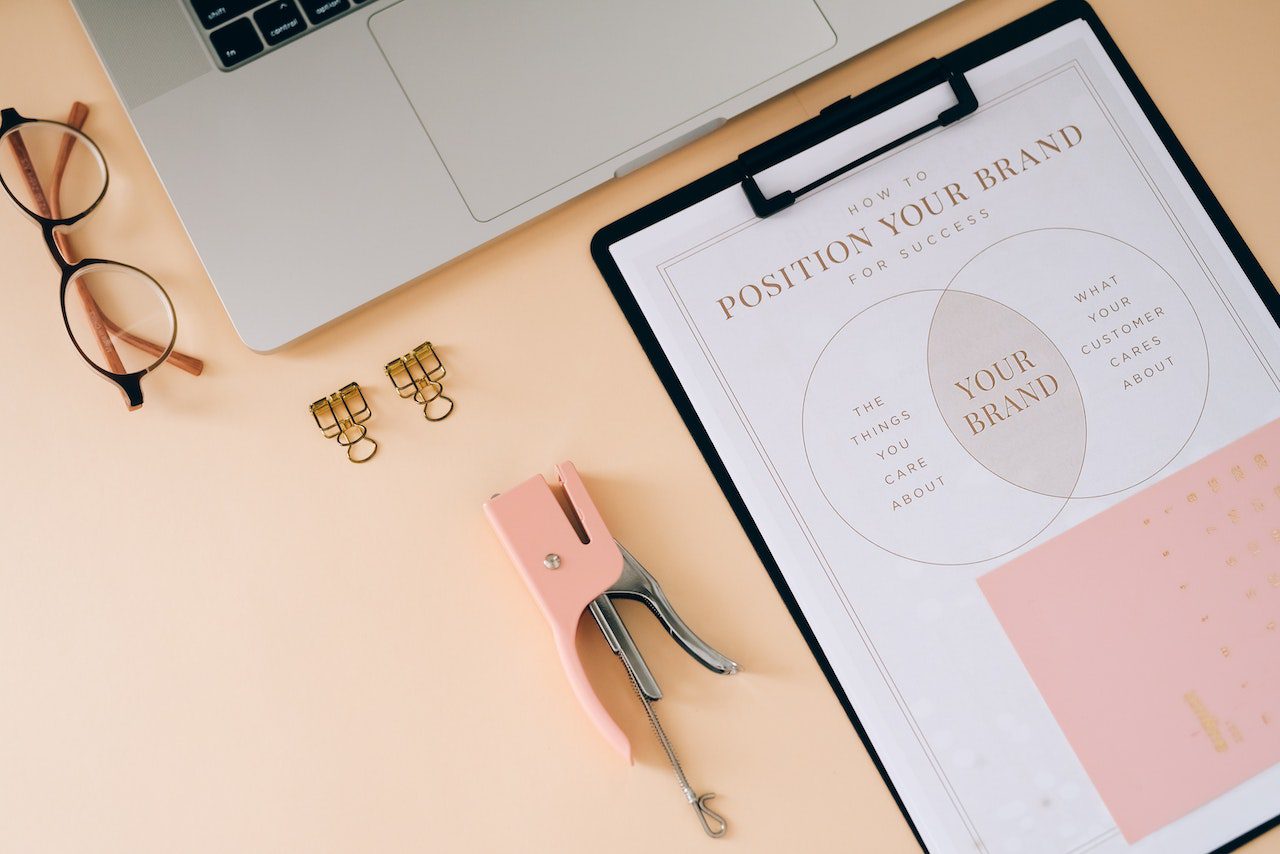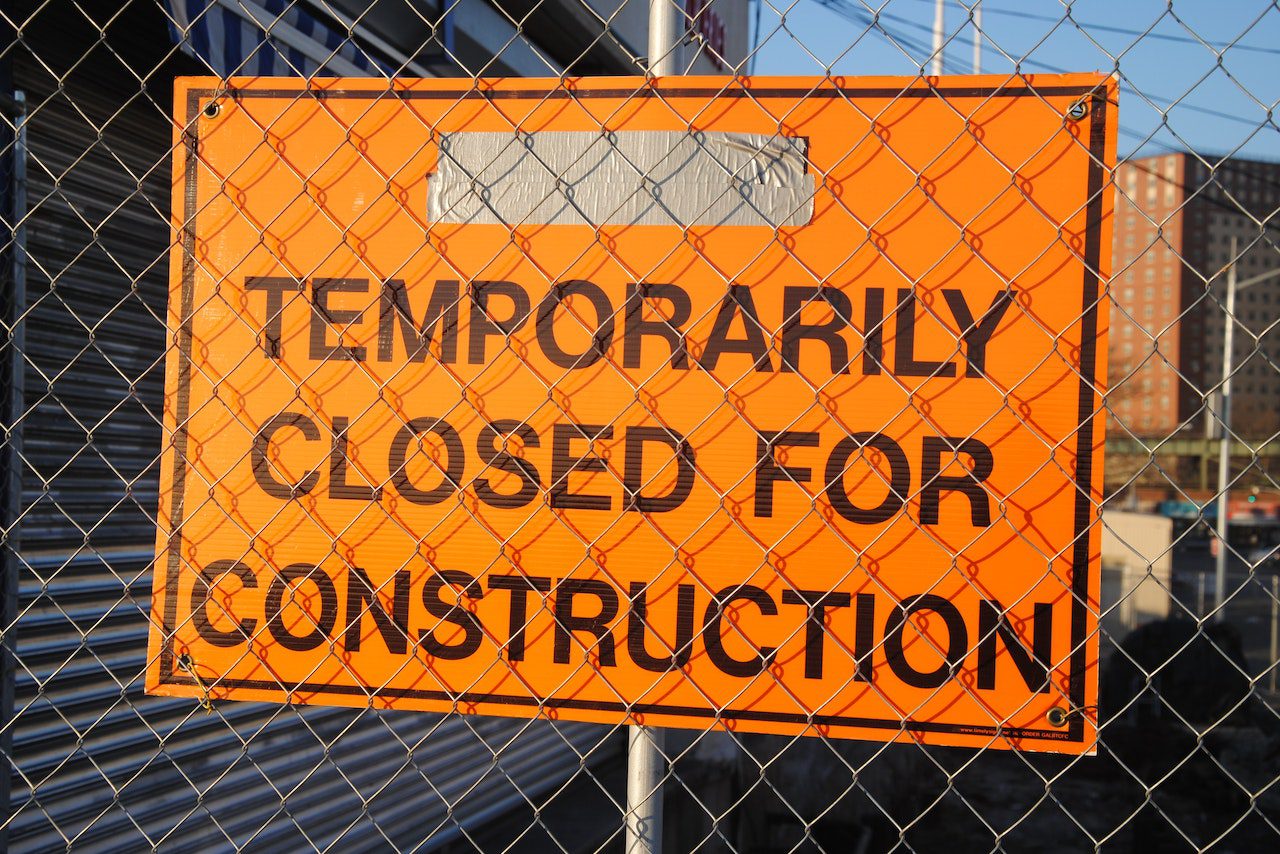A Beginner’s Guide to MIG Welding
Metal Inert Gas (MIG) welding is a popular welding process used in a variety of industries. It’s an efficient and cost-effective method for joining metals together, making it ideal for both industrial welders and DIY projects. Let’s explore what MIG welding is, how it works, and the types of materials it can be used on.
What Is MIG Welding?
MIG stands for Metal Inert Gas; the “inert gas” part refers to the type of shielding gas used in the process. The shielding gas protects the area being welded from oxidation and other contaminants that would otherwise weaken or diminish the weld. This makes MIG welding ideal for outdoor settings where wind or other environmental factors could affect the quality of the weld.
MIG welding uses a wire electrode that is fed through a gun, creating an arc between the base material and itself; this arc melts both materials together until they become one piece. The wire electrode also acts as filler material, which means there is no need to use additional rods or powder like with other forms of welding. This process makes MIG welding faster than many other forms of welding and allows for precise control when joining two pieces together.
Types Of Materials That Can Be Used For MIG Welding
MIG welding can be used on a variety of metals including steel, aluminum, stainless steel, copper alloys, brass alloys, nickel alloys, titanium alloys, magnesium alloys, zinc alloys, cobalt alloys, cast iron and iron alloy steels. It can also be used on plastics such as PVC or fiberglass reinforced plastics (FRP). Proper setup is key to successful MIG welding; different types of materials require different settings in order for a successful weld to take place. Additionally, some materials may require preheating before they can be successfully joined with MIG welding.
Advantages of MIG Welding
MIG welding has several advantages over other types of welding. It’s fast, easy to learn, produces high-quality welds, and can be used on many different materials including steel, aluminum alloy, stainless steel, copper alloys, brass alloys, and nickel alloys. It also has low levels of fume production compared to other types of welding processes like stick or TIG welding. All these benefits make it ideal for beginners or experienced welders alike who want a reliable way to get their projects done quickly.
Safety Considerations When Using MIG Welders
When using any type of welder there are certain safety considerations that should always be taken into account before beginning any work—especially when using high voltage equipment such as a MIG welder. Always make sure you wear proper protective gear including flame resistant clothing as well as safety glasses or goggles with side shields (or better yet—a full face shield). Make sure you are aware of your surroundings when working with large pieces of metal; look out for sparks flying from your work piece or from other nearby machines that could potentially cause injury if not properly contained or shielded off with fire retardant materials such as sand bags or sheets of thick plastic sheeting.
MIG welding is an efficient way to join different types of metals together quickly and easily without having to use additional filler materials or rods like you do with other forms of welding. It’s also suitable for outdoor settings due to its shielding gas protection against oxidation or contamination. Whether you are an experienced welder looking for something new or just starting out with your first project – MIG welding may be just what you need! With proper setup you can join almost any type of metal – giving you endless possibilities for your next project.




 Using high-quality images in your marketing efforts is essential for building trust with your audience and presenting a professional image.
Using high-quality images in your marketing efforts is essential for building trust with your audience and presenting a professional image.